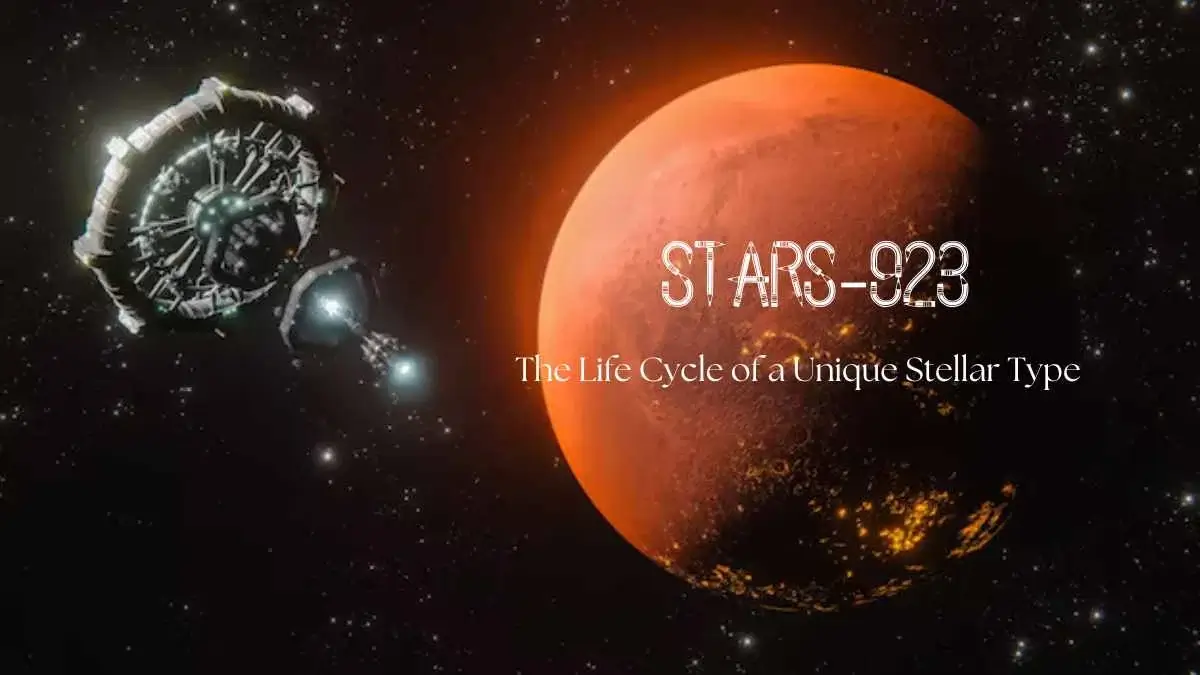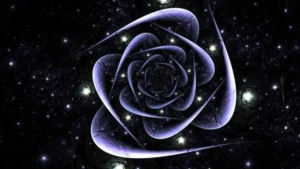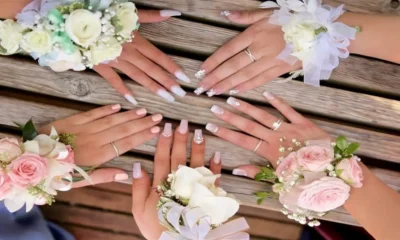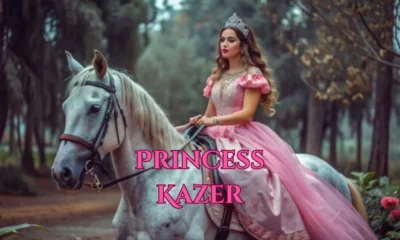GENERAL
Stars-923: The Life Cycle of a Unique Stellar Type

Stars-923 refers to a distinct type of star known for its unique characteristics and life cycle within galaxies. Like other stars, Stars-923 forms within dense clouds of gas and dust, where gravity triggers the fusion processes that allow it to emit light and heat. However, Stars-923 has distinct features that make it noteworthy among astronomers. Studying this star type provides insights into stellar evolution, galactic development, and the forces at play in the universe. The term “Stars-923” reflects its categorization within a hypothetical model of star classification, offering a valuable glimpse into the diversity of celestial phenomena.
What Makes Stars-923 Unique?
- Distinctive fusion process compared to other stars.
- Unique properties in terms of brightness, mass, and color.
- Impact on surrounding galactic elements through its lifecycle.
Formation of Stars-923: Birth in Stellar Nurseries
This Star begins in stellar nurseries, which are dense molecular clouds of gas and dust within galaxies. The immense gravitational forces within these clouds cause pockets of gas to contract and heat up, eventually forming a protostar. This initial formation process is driven by nuclear fusion reactions that transform hydrogen into helium, releasing energy that lights up the star. Stars-923’s unique mass and fusion conditions result in distinctive properties as it emerges from the protostar phase. Over time, these characteristics become more apparent, differentiating this Star from other types of stars found in similar regions of space.
Characteristics of Stars-923 During the Main Sequence Phase
During its main sequence phase, this Star fuses hydrogen in its core to form helium, similar to most stars. However, this Star may exhibit a different range of luminosity and color compared to other main-sequence stars. This phase is typically the longest in Stars-923’s lifecycle, lasting from millions to billions of years. The star’s unique mass and composition play a role in determining its temperature and color during this time. The main sequence phase for Stars-923 represents a period of stability, where it achieves equilibrium, balancing the outward force of fusion energy against the inward pull of gravity.

Color and Temperature of Stars-923
Stars-923’s color and temperature are direct indicators of its physical properties. Higher temperatures often produce a bluer hue, while cooler stars appear redder. This Star may exhibit a unique shade, which helps scientists distinguish it from other stars. This color variation reflects differences in surface temperature, which influences the overall appearance of this Star. The study of a star’s color can reveal insights into its age, mass, and chemical composition. For this Star, these color and temperature characteristics make it a valuable subject in understanding how different fusion processes manifest visually and thermally in stellar bodies.
The Evolution of Stars-923: Life Cycle Stages
- Main sequence: Stable phase where hydrogen fusion occurs.
- Red giant: Stars-923 expands, and fusion shifts to the outer layers.
- End stage: Evolution depends on mass; may become a white dwarf, neutron star, or black hole.
Red Giant Phase in Stars-923’s Life
As this Star exhausts hydrogen in its core, it begins to expand, becoming a red giant. In this stage, the core contracts while the outer layers expand, producing a significant increase in size and luminosity. this Star transition to a red giant results in the fusion of helium and other elements in the outer layers, creating heavier elements that contribute to its complex structure. This phase marks a significant transformation as the star moves away from the stable conditions of the main sequence. Stars-923’s red giant phase reflects an important step in stellar evolution, impacting its surrounding environment.
White Dwarf Possibility for Stars-923
If Stars-923 lacks sufficient mass for a supernova, it may instead become a white dwarf. This remnant is a dense, Earth-sized core composed mostly of carbon and oxygen. Unlike the main sequence phase, white dwarfs no longer support fusion and slowly cool over billions of years. White dwarfs represent the final evolutionary stage for many stars, providing a stark contrast to the fiery activity of earlier life stages. For this Star, becoming a white dwarf highlights one of the quieter yet enduring end states in stellar evolution, where it continues to exist as a faint, cooling object in space.
Black Hole Potential for Massive Stars-923
In cases where Stars-923 is exceptionally massive, it may become a black hole after a supernova. Black holes are regions in space where gravity is so intense that nothing not even light can escape. The core of this Star could collapse into an infinitely dense point known as a singularity, surrounded by an event horizon. The black hole’s powerful gravitational field influences nearby objects, affecting stars, planets, and light. This Star as a black hole represents one of the most enigmatic end-states of stellar evolution, providing a window into phenomena like gravitational waves and the nature of spacetime.
Stars-923 in Relation to Other Stars and Stellar Phenomena
- Comparison to main sequence, red dwarf, and giant stars.
- Position of Stars-923 on the Hertzsprung-Russell diagram.
- Unique behaviors that distinguish Stars-923 from typical stars.

Observing Stars-923: Techniques and Challenges
Observing this Star requires enhanced techniques for it because stars can only be observed remotely. Temperature, luminosity and composition data on the object is collected with help of ground based telescopes and such space borne observatories as Hubble. Spectroscopy is used to understand the chemical composition of the object, photometry shows variations in brightness. The examination of this Star is difficult especially when sited in formations of gaseous clouds or nebulae and the farther the star is the blurred the observation. Thanks to newly developed technologies such as radio telescopes and gravitational wave detectors, more explorations are being made with such stars and hence more understanding the behaviour and evolution of stars.
The Significance of Stars-923 in Galactic Evolution
This Star contributes to the galactic ecosystem by enriching the interstellar medium with heavy elements through its life cycle. As it progresses through different stages, it releases materials that become building blocks for new stars, planets, and potentially life. Its death, whether through supernova or as a white dwarf, adds essential elements to the galaxy, fostering the birth of new celestial bodies. The lifecycle of this Star illustrates the process of galactic recycling, where stars continuously transform and contribute to the universe’s chemical diversity. This impact underlines Stars-923’s vital role in the broader context of cosmic evolution.
Conclusion
This Star represents a unique type of star with a fascinating life cycle shaped by gravitational forces and nuclear fusion. From its formation in dense gas and dust regions to its progression through stages like the main sequence and red giant phase, its ultimate fate depends on its mass. Smaller Stars-923 may end as white dwarfs, while larger ones could undergo a supernova, potentially resulting in a neutron star or black hole, demonstrating the vast diversity of stellar evolution.
-

 BIOGRAPHY7 months ago
BIOGRAPHY7 months agoBehind the Scenes with Sandra Orlow: An Exclusive Interview
-

 HOME1 year ago
HOME1 year agoDiscovering Insights: A Deep Dive into the //vital-mag.net blog
-

 HOME1 year ago
HOME1 year agoSifangds in Action: Real-Life Applications and Success Stories
-

 BIOGRAPHY1 year ago
BIOGRAPHY1 year agoThe Woman Behind the Comedian: Meet Andrew Santino Wife




























